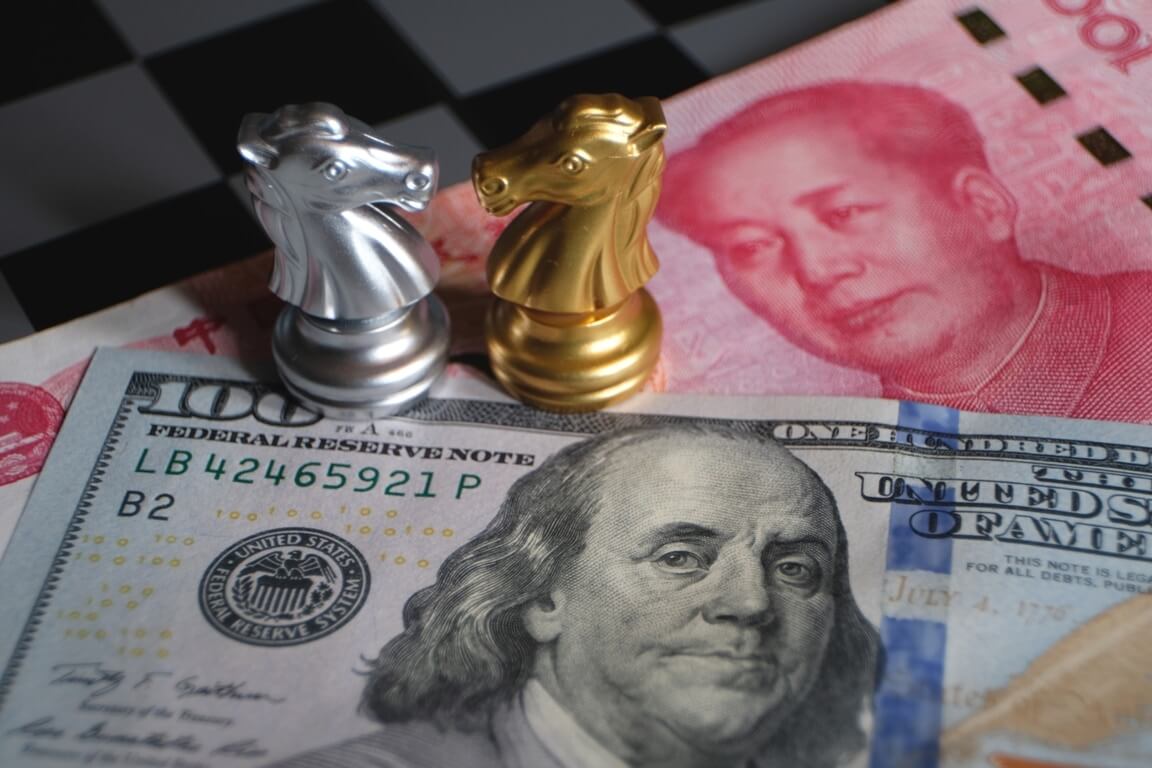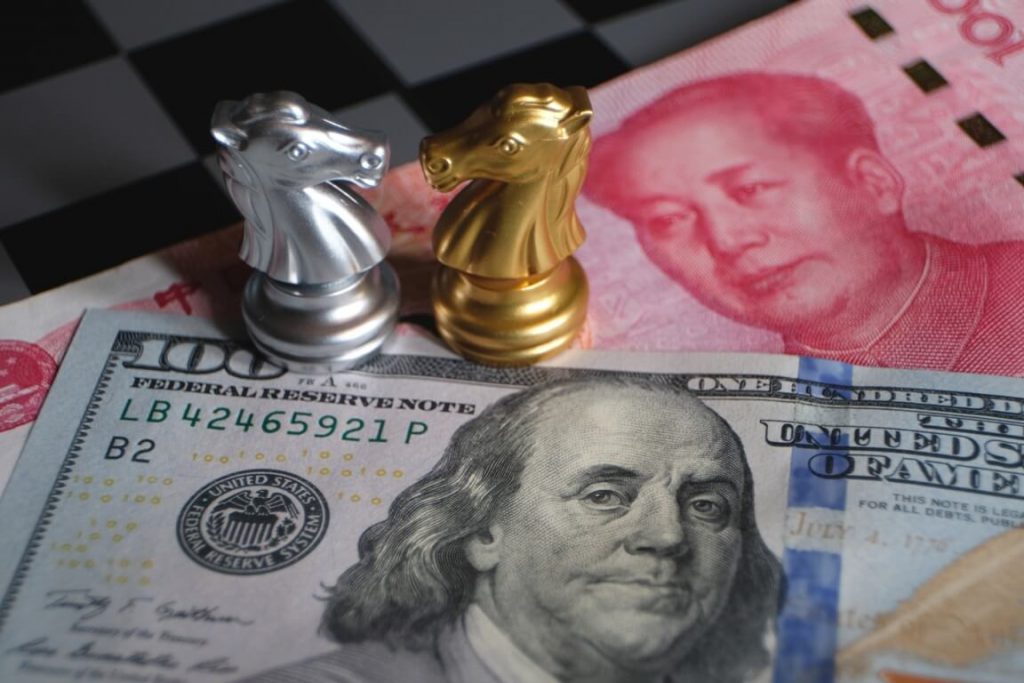
U.S. Dollar hit a high while the Yuan and the Yen plummeted
The U.S. dollar skyrocketed on Monday. Federal Reserve Chair Jerome Powell hinted that the agency would keep interest rates higher for longer to push uncomfortably high inflation down. As a result, the greenback hit new 20-year highs briefly against a basket of six major currencies. The dollar index exchanged hands at 109.48 before declining as the European trading session continued.
Still, the currency managed to gain almost 0.65% against the Japanese yen. In addition, the Sterling plunged to a new 2-1/2 year low, and the Chinese yuan traded at 6.9 per USD. On Monday, the common currency managed to recover from the recent losses. The Euro edged up by 0.3% at $0.9992.
German Economy Minister Robert Habeck noted that the gas prices will likely lower soon. Besides, Germany is already making progress on its storage targets. This information may also have strengthened the Euro. European Central Bank’s hawkish statements also boosted investors’ expectations for a supersized September rate increase and supported the single currency.
Meanwhile, London markets are closed for a public holiday. On Friday, Powell attended the Jackson Hole central banking conference in Wyoming. He stated there that the Federal Reserve would hike rates as high as it considered needed to restrict growth. Powell also added that the agency would keep the rates at their current place for some time to lower inflation that is running rampant. It’s already more than three times higher than the Fed’s 2% goal.
Kenneth Broux, a currency strategist at Societe Generale, thinks that Fed Chair’s comments endorsed the pricing of a higher Federal Reserve funds rate for a longer term. Broux also stated that the forecasts about the agency starting cutting rates in mid-2023 are premature for now.
What do the traders expect?
Currency markets have already ramped up bets for a more aggressive Federal Reserve rate hike in September. Investors bet that the chances of a 75-basis point increase are around 70%. Meantime, U.S. Treasury yields soared. Two-year bond yields even jumped to a 15-year high at 3.49%, supporting the dollar. The currency gained 0.65% at 138.52 Japanese yen, skyrocketing to its highest level since July 21.
On Monday, the onshore Chinese yuan exchanged hands at 6.9210 per USD, tumbling to its lowest level since Aug. 20, 2020. On the other hand, the offshore yuan dropped to a new two-year low, trading at 6.9325 per greenback.
The British Pound plummeted to a 2-1/2-year low of $1.1649. It exchanged hands lower by 0.3% at $1.1698 at last. Traders now expect a supersized September rate increase in the eurozone, as well. On Saturday, ECB board member Isabel Schnabel cautioned that central banks risk losing people’s trust. She thinks the bank must act forcefully to hinder soaring inflation, even if that pushes the countries’ economies into a recession.
Meanwhile, Nordea chief analyst Jan von Gerich declared that central banks only want to be hawkish right now, considering inflation. Thus, they will raise rates aggressively.
What about the Australian and New Zealand dollars?
The Aussie declined to $0.6838 on Monday, hitting the lowest since July 19. Risk-off mood also influenced the Kiwi, sending it to its lowest level since mid-July. The New Zealand dollar traded at $0.61 at last.
On Monday, EM currencies ended in the red. Indonesia’s rupiah shaved off 0.4%, while the Philippine peso dropped by 0.1%. Moreover, Singapore’s dollar decreased by 0.4%, hitting more than a one-month low.
The soaring greenback pressured most EM currencies, especially after Powell’s speech. The baht dropped by 1%. It was among the region’s biggest underperformers today. On the other hand, Malaysia’s ringgit tumbled by 0.5%, and South Korea’s won dropped by 1.4%, plunging to its lowest level in more than 13 years.


